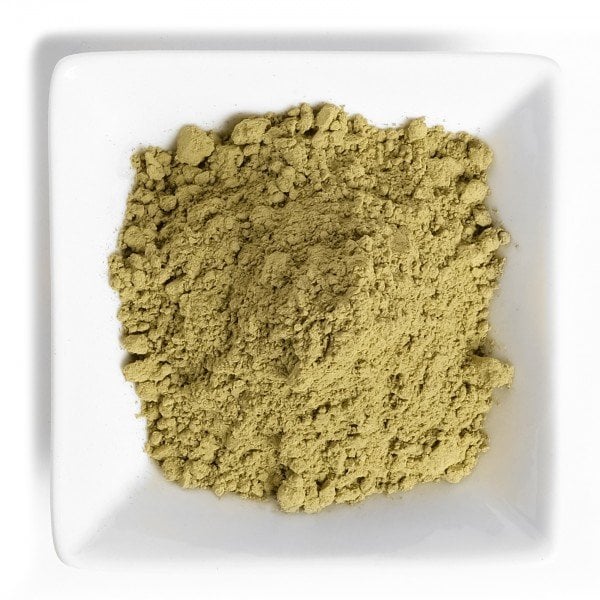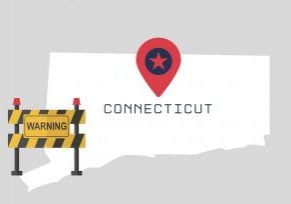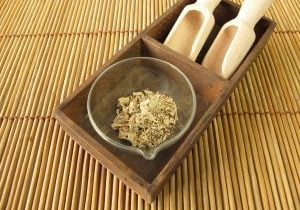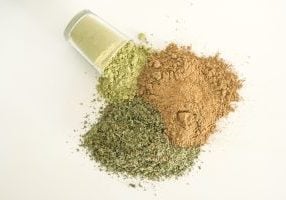One of the things that we love being able to do here at Kraken Kratom is take the time to answer questions that our customers have about kratom, kava, and other items that can be found in our catalog.
Often, we get this question: What is kava, and why would I consider using it?
There are so many different dietary supplements, natural plant products, and other offerings on the market today as the public perception towards these types of products changes. Of course, that means that there are more possibly unfamiliar ingredients to learn about, too. We’d like to help.
Today, we will take some time to share the basics about kava, what it is, why people use it, and other interesting aspects of this natural herb that is all-but-unknown to many people. Hopefully, you’ll leave this page with something new to think about!
Kava: What Is It?
The name of the plant that kava is extracted from is Piper methysticum. Throughout history and in different languages, this plant is known by many common names:
- • Awa
- • Ava pepper
- • Intoxicating pepper
- • Long pepper
As the common names suggest, the kava plant is a member of the pepper plant family. The shape and size of the leaves on the kava plant are very similar to what you might see on a bell pepper plant in your garden so that similarity shows their similar ancestry.
Kava itself is an extract that is made from the roots and stems of this plant.
How Was Kava Used Traditionally?
You will often see it mentioned that kava has been used as traditional medicine and ceremonial item for a long time in some cultures. How was it used?
It is thought that kava was originally used in the South Pacific. The word Kava itself is actually from a Polynesian language in which “awa” means bitter. South Pacific islanders traditionally used this as a social and intoxicating drink, similar to how alcohol is other societies.
Where Does The Kava Plant Grow?
The kava plant is native to tropical regions such as the Hawaiian islands, Indonesia, Thailand, and the South Pacific. The climate and growing conditions in these areas are more hospitable to kava than other regions. Kava prefers tropical weather and a very long rainy season. If those conditions can be met, kava might be found in the area!
Kava’s Possible Benefits
Now that you know a bit more about kava and what the native location of the plant is, you’re probably curious to learn more about why some people choose to take kava. There are many anecdotal stories that suggest kava may have benefits for users.
Customers have reported that they use kava for a wide variety of reasons. Most research on kava has focused on its relaxing properties.
To be clear, kava is not currently approved by the FDA to treat any diseases or conditions, nor are we trying to sell it to you as a solution to your problems. It is up to you to determine if kava is a good dietary supplement for your overall health. Use kava with discretion, and always monitor your body’s reactions.
The Science of Kava
Similar to many natural products, here has not been very much research done about how kava works once inside of the body. We do know that kava contains lactones known as kavalactones, which are likely responsible for its effects.
How Kava Is Used
Kava extract is made from the root and the underground stem parts of the long pepper plant. They can be used to brew a drink as was traditionally done in the South Pacific, or the pieces can be ground into a powder.
Kava extract powders are used to brew tea, take directly, or put into capsules for easier consumption. There are even kava extract tablets that can be taken if you don’t like any of the other methods.
Generally, most kava users find that taking kava as a beverage has the most potency as it more readily affects the body when taken that way. Others use kava-based products as a salve or a mouthwash to directly target the areas of the body that are ailing them.
The Legality of Kava
One final topic that many people will want to know about kava is whether or not it is a legal substance to use. As is the case with many dietary and health substances, the answer to that question is a bit complicated.
At the time of writing this, kava is legal in the USA so long as it is sold as a dietary supplement rather than a medicinal herb. It is banned in some EU countries; it cannot be sold in Canada.
There have been some concerns raised by the FDA about kava. The biggest fear is that the effects of kava on the body will be similar to the negative effects that alcohol can have, such as effects on the liver. To be sure about that risk and what causes it, however, further scientific research will need to happen.
There You Have It!
We hope that our information about kava has helped you gain a better understanding of what kava extract is, where it comes from, and why it is marketed as a dietary supplement at this time.
If you’re ready to try kava, be sure that you buy from a reliable vendor and look for compliance with GMP standards. We here at Kraken Kratom are proud of our products and would be delighted to help you try kava safely!











